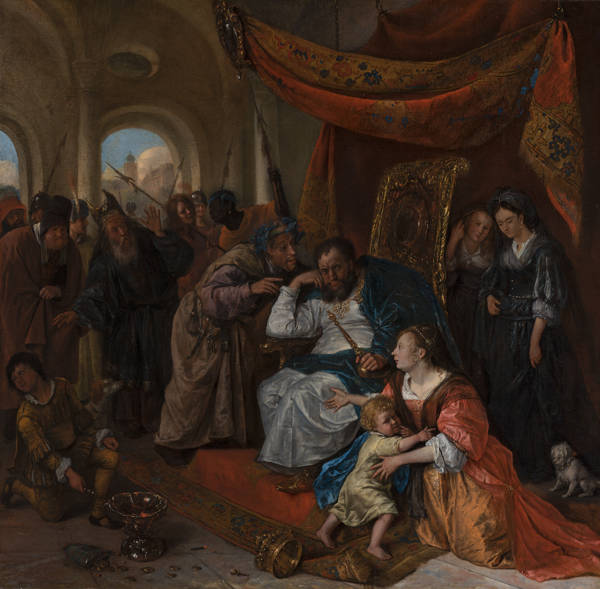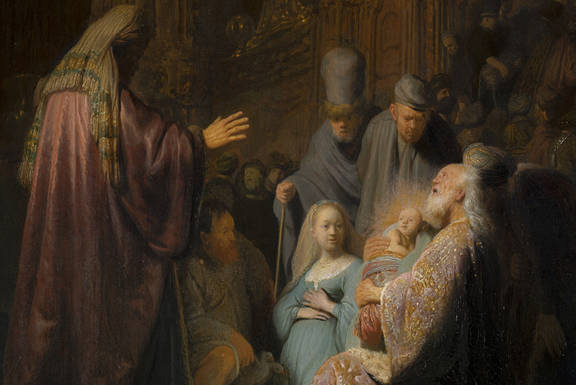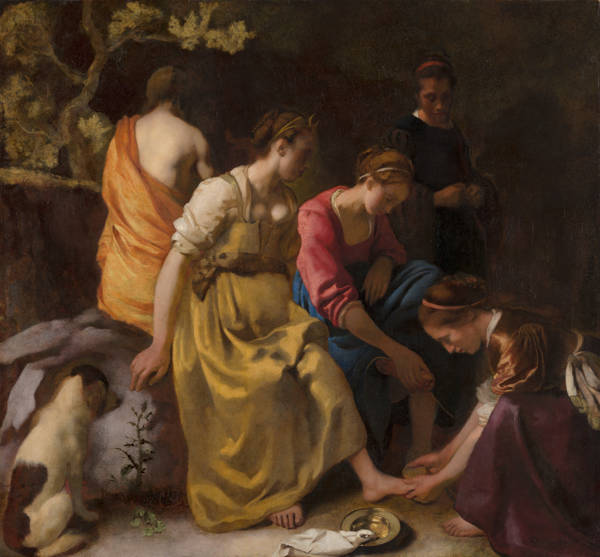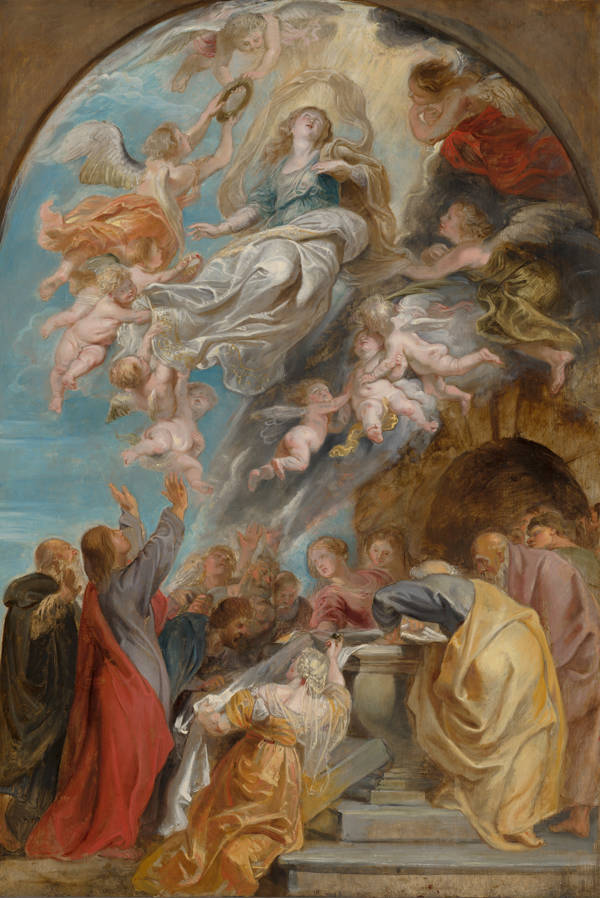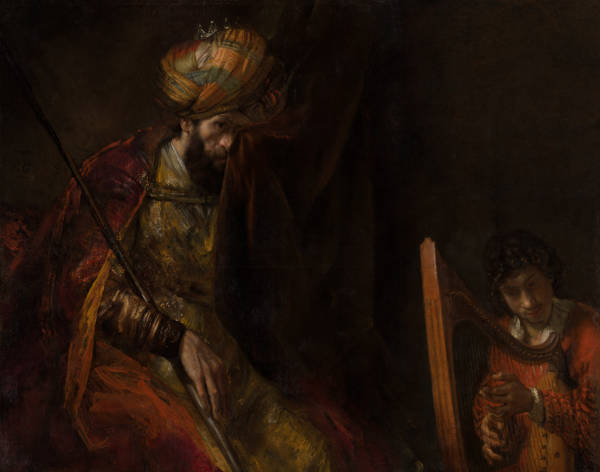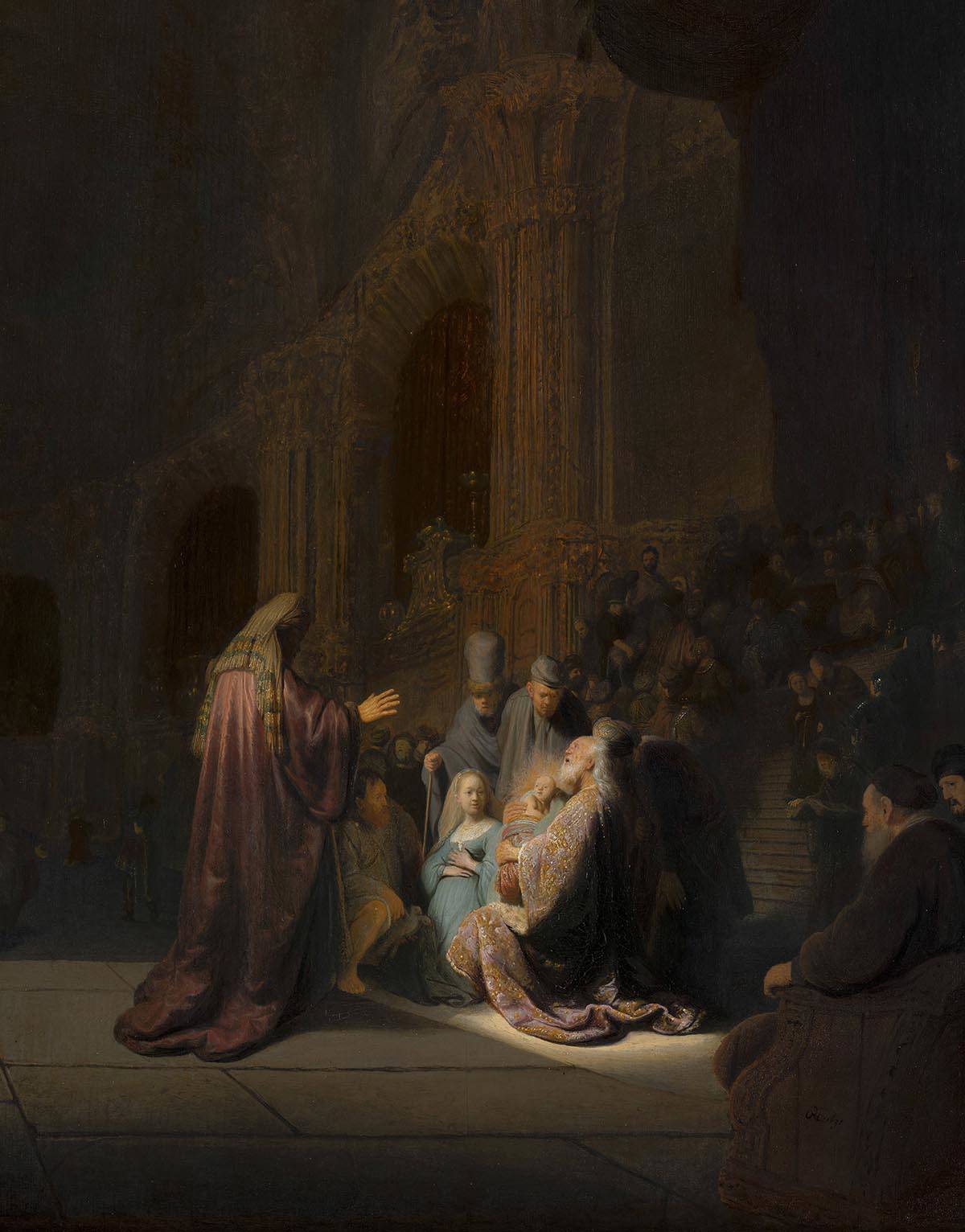
In history paintings, 17th-century artists brought exciting stories to life from the Bible, mythology, or history, with plenty of drama and emotion. At the time, history painting was considered the most important genre. After all, it relied on more than technical perfection and also required extensive knowledge and a fertile imagination. The painter had to capture the story’s most compelling moment, with all the appropriate details and symbolism. The Mauritshuis has some impressive examples created by masters like Rembrandt, Vermeer and Jan Steen.


